Members save 10% or more on over 100,000 hotels worldwide when you’re signed in
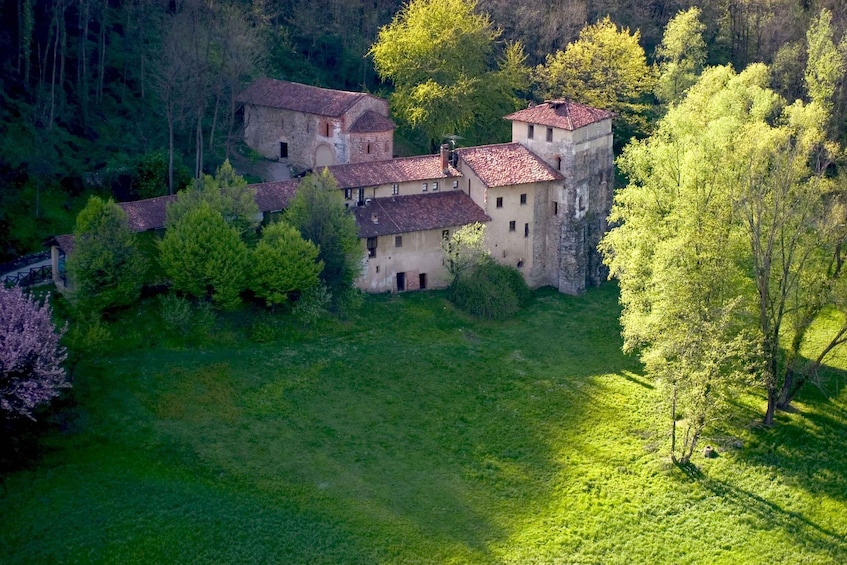
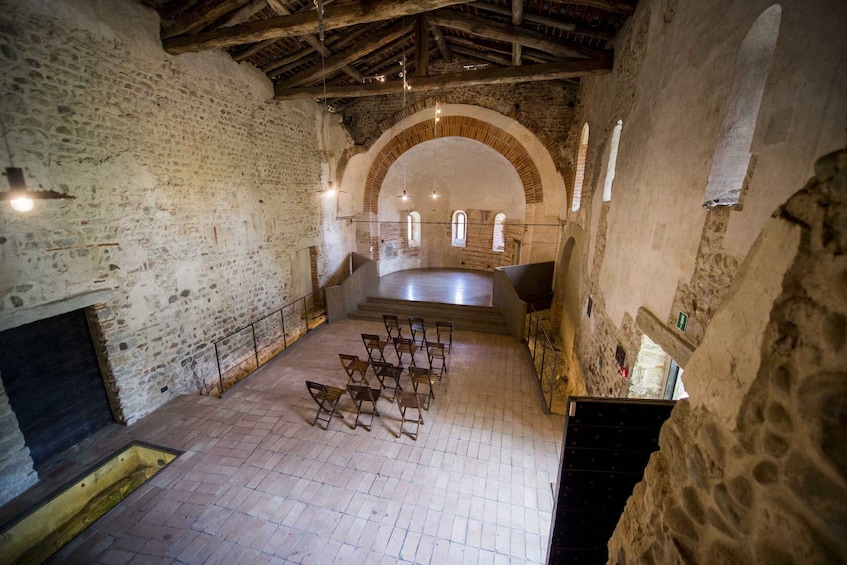
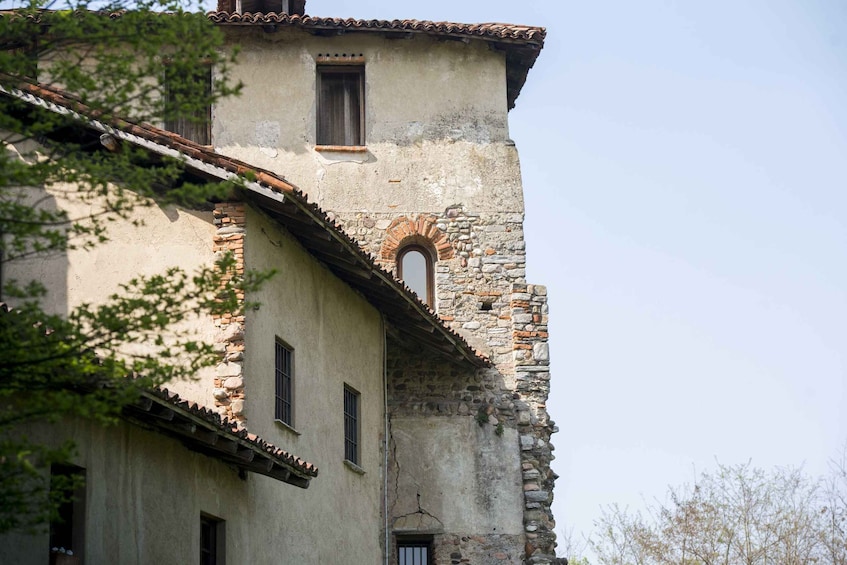
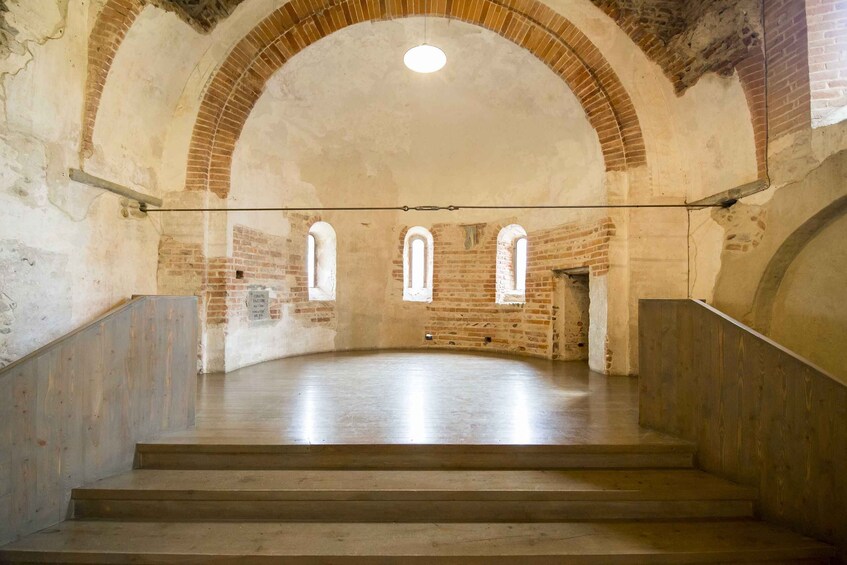
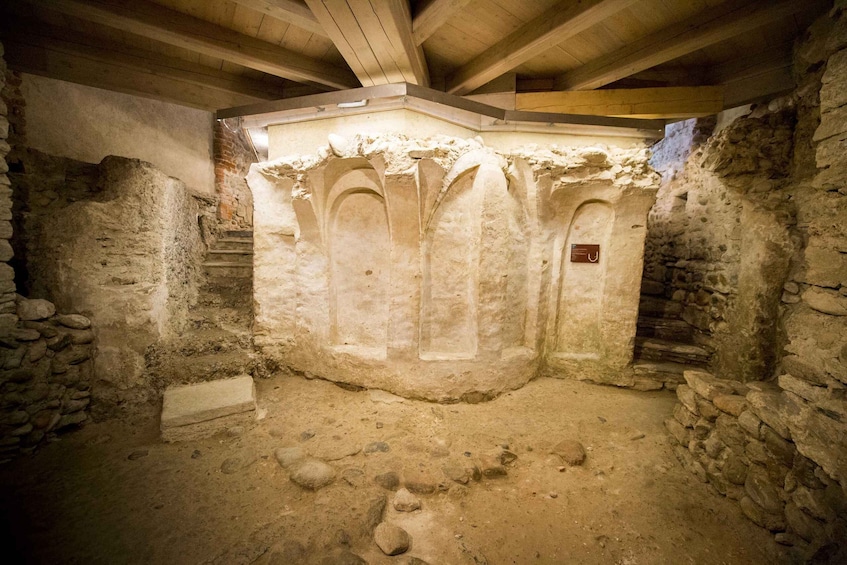
Features
- Mobile voucher
- Instant confirmation
Overview
- Discover the Monastery
- Discover the monumental Lombardy building
- Discover the UNESCO park
Activity location
- Varese
- Varese, Lombardia, Italy
Meeting/Redemption Point
- Via Stazione, 2, 21040 Gornate-olona VA, Italy
- Torba, Lombardia, Italy
Check availability
Sorry this activity isn't available on Tue, 29 Jul
What's included, what's not
- Entry ticket
- No food or restaurant included
What you can expect
The time-honoured Torba complex dates back to the 5th century A.D., when the Romans constructed the walls of a military outpost to counter the threat of barbarian invasion, near the village of Castelseprio. To this day, the watchtower stills stands as a testament to the original function of the castrum, carried forward by Goths, Byzantines and Longobards and subject to continuous change over time.
Having been a defensive fortress, Torba became a religious centre with the settlement there of a group of Benedictine nuns who in the 8th century commissioned the construction of the monastery and, later, the small church. For around seven centuries, the secluded female community inhabited this site, and the legacy of their prolonged stay is to be found in the hieratic frescoes in the tower, which have an almost mysterious aura about them.
In the 15th century, the Benedictines moved on, signalling the start for Torba of a period of slow decline that led to the complex being transformed into a farm and, in the early 19th century, to it losing its religious function, sliding gradually into a state of degradation that came to an end only in 1976 thanks to FAI. Today, this ancient site with its highly significant past (not by chance was it inscribed in 2011 in the list of UNESCO World Heritage Sites) is enjoying a new lease of life thanks also to the continuous discovery of Longobard-era relics, which constitute just one of the surprises that the monastery – and the surrounding area, rich in natural and artistic treasures – offers to those who head off the beaten track in search of interesting places.
Location
Activity location
- Varese
- Varese, Lombardia, Italy
Meeting/Redemption Point
- Via Stazione, 2, 21040 Gornate-olona VA, Italy
- Torba, Lombardia, Italy